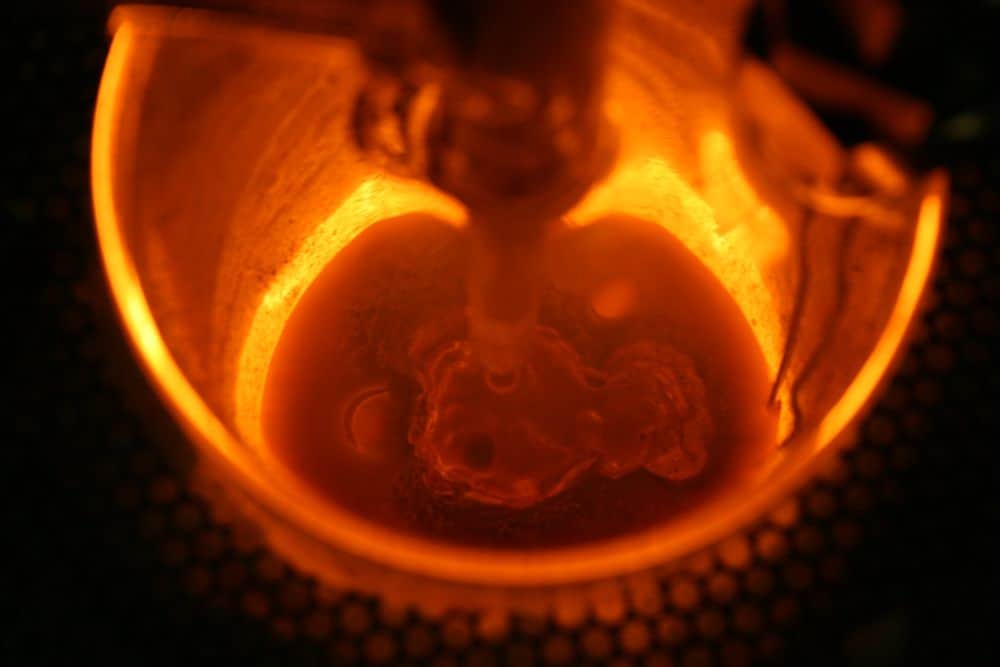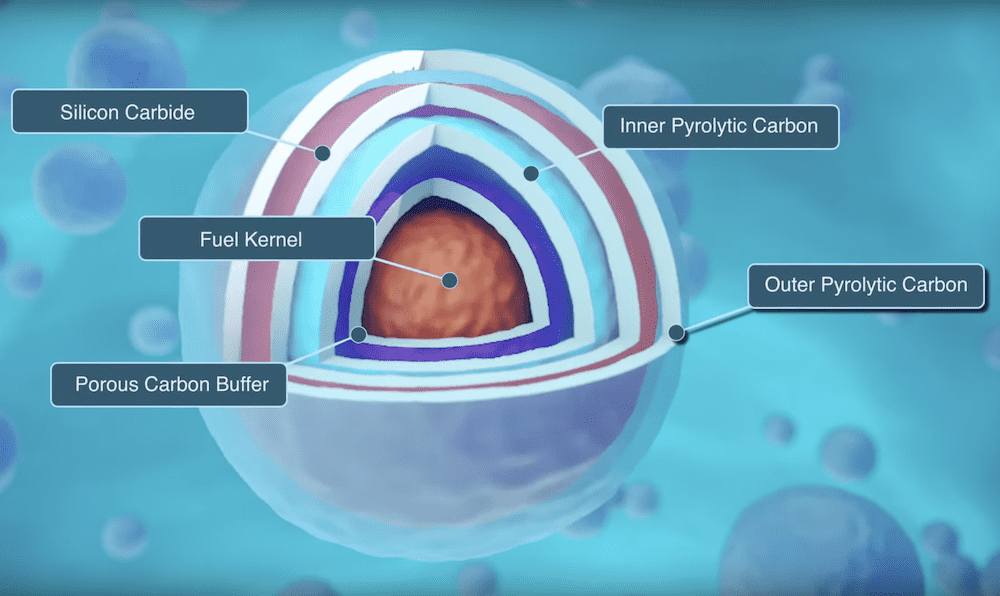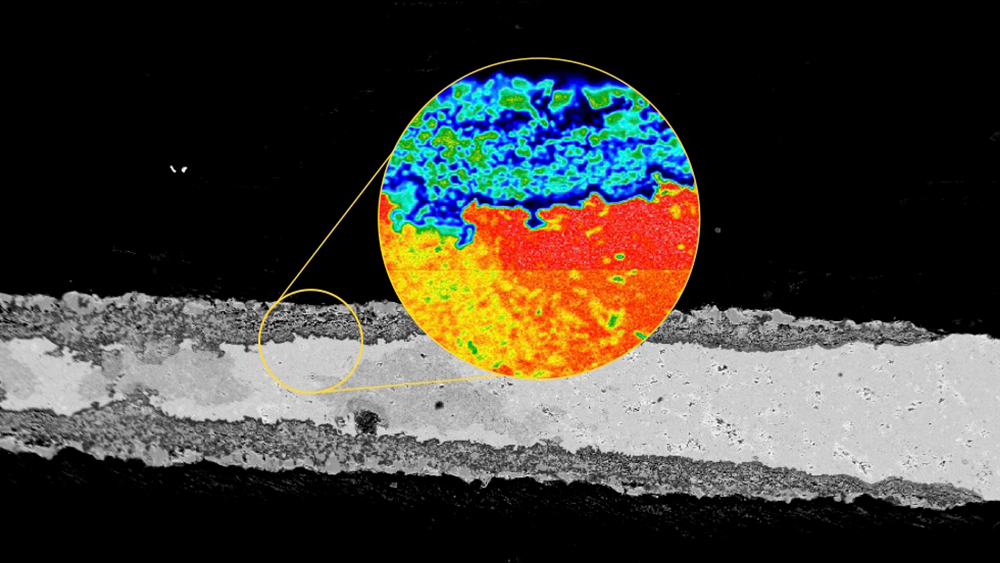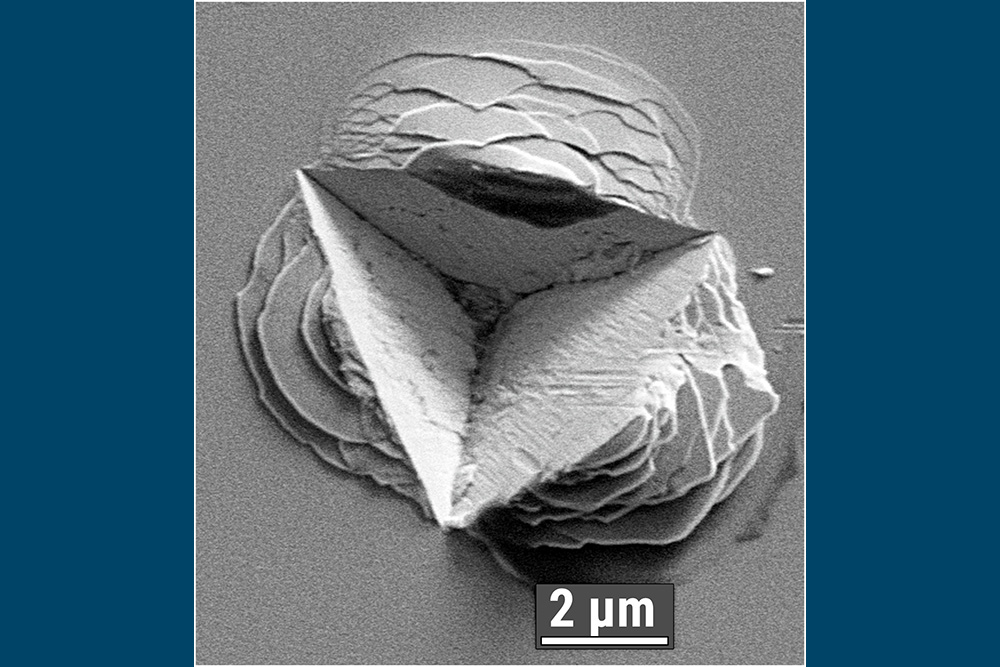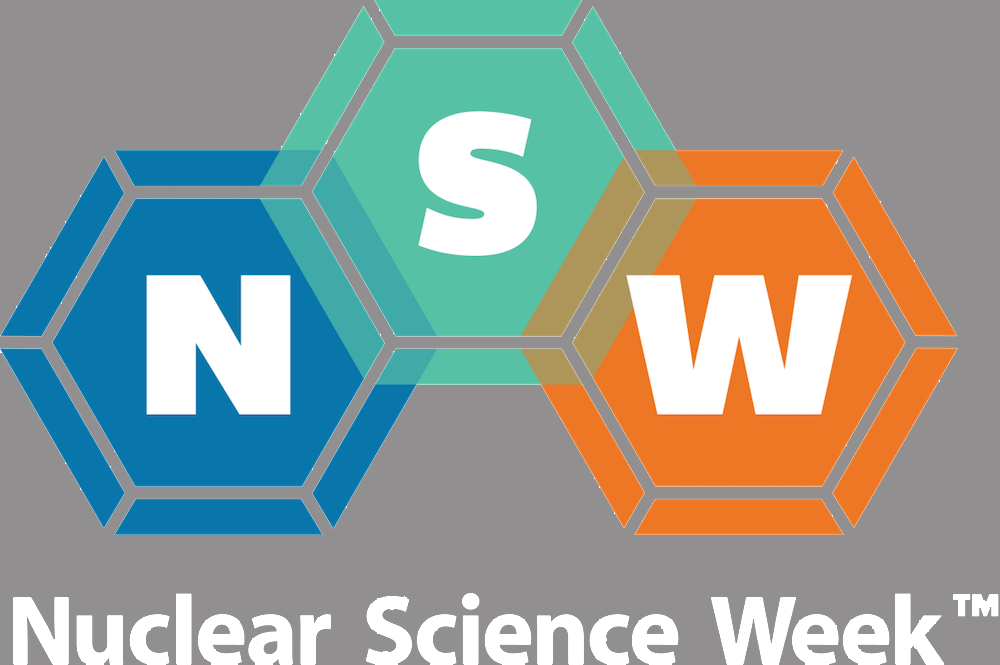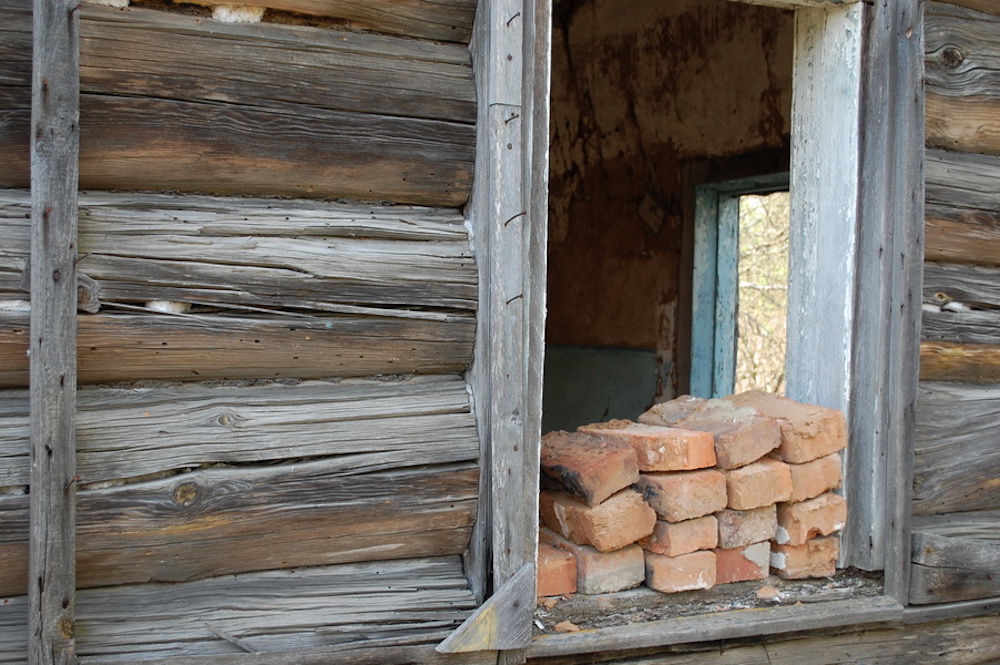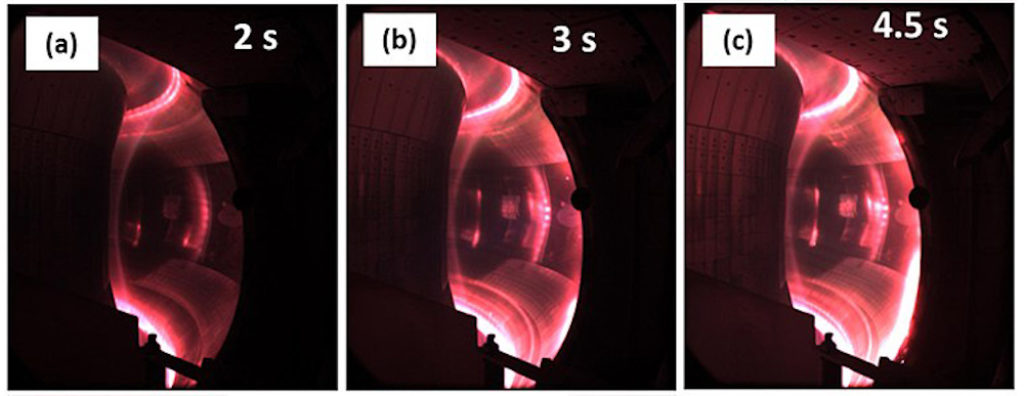There are many hidden stories of the people who worked on the Manhattan Project, which resulted in the world’s first atomic bombs. In 1990, the late ACerS Fellows Osgood J. Whittemore and Louis R. McCreight published an article uncovering some of this history by describing research conducted at Massachusetts Institute of Technology to develop refractory crucibles for nuclear metals processing.
Read MoreAs part of the IYoG celebrations, ACerS’ “Glass: Then and Now” series is highlighting ACerS journal articles each month that support advancement in glass science and technology. The focus this month is glass for nuclear waste disposal.
Read MoreTristructural isotropic coated particle fuel is expected to improve safety of nuclear reactors. Researchers led by the University of Tennessee, Knoxville investigated the potential of using silicon nitride and zirconium nitride in TRISO particle fuel rather than silicon carbide.
Read MoreBoron can enhance mechanical properties of steel, but too much boron will segregate from the steel and negate these benefits. Researchers led by Wuhan University of Science and Technology looked to enhance the toughness of high boron steel using a novel processing technique called quenching and partitioning.
Read MoreDetermining oxidation stability of new MAX phases is a difficult and expensive process with current computational and experimental methods. Researchers at Texas A&M University designed a new machine-learning-based scheme for predicting the oxidation of MAX phases at high temperatures, allowing them to conduct studies that may otherwise take years to perform.
Read MoreMAX phases are layered ceramic materials with both ceramic and metal-like properties, as well as good radiation tolerance, making them ideal candidates for use in next-generation nuclear power technologies. Two recent papers investigate the irradiation of Cr2AlC to determine its potential for this application.
Read MoreThis week is Nuclear Science Week! Celebrate the contributions that nuclear science makes to energy, space, and healthcare fields through videos and virtual events coordinated by the Nuclear Science Week national steering committee.
Read MoreFor successful nuclear nonproliferation initiatives, authorities must be able to detect and characterize radioactive sources—but how can they do so if the radioactive material was removed before they arrived? Researchers at North Carolina State University developed a technique that allows retrospective characterization of radioactive sources.
Read MoreTokamaks, a leading candidate for practical fusion reactors, are moving from using carbon to using tungsten to protect a tokamak’s walls—but plasma instabilities can erode tungsten. Scientists look to understand the physical mechanisms driving this erosion.
Read More

